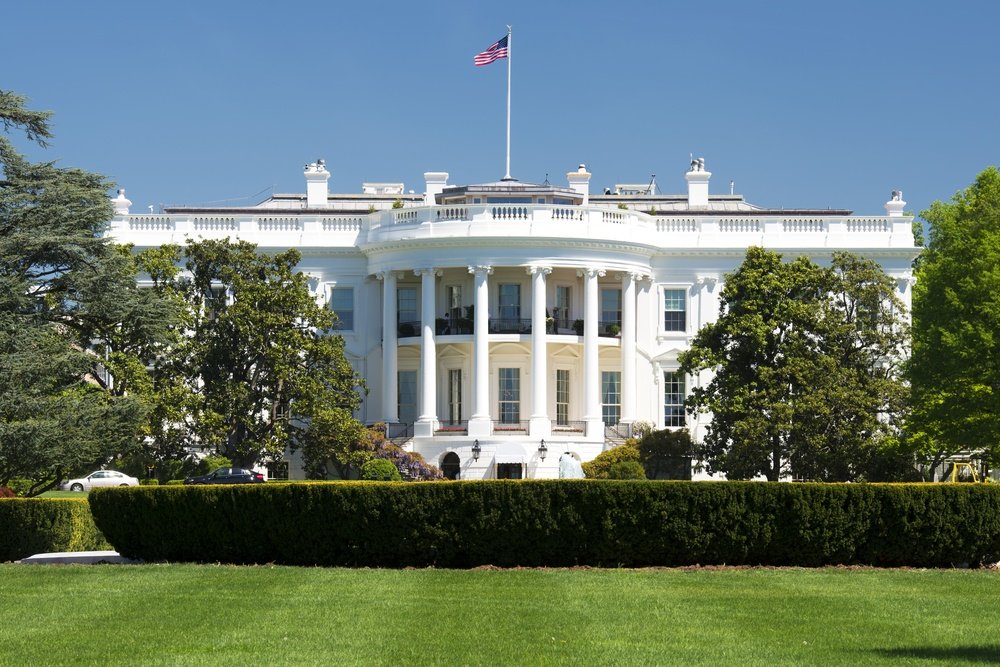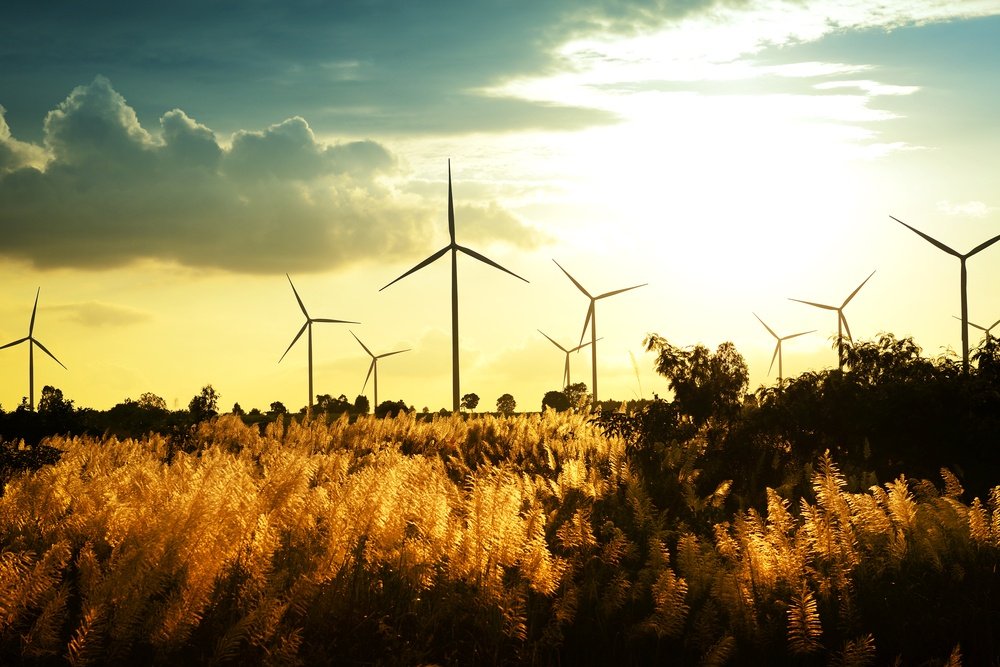Can The Next U.S. President Improve National Energy Efficiency Standards?

In The Audacity of Hope: Thoughts on Reclaiming the American Dream, president Barack Obama writes how, “a nation that can’t control its energy sources can’t control its future.” Over his two terms as president, Obama spoke frequently about the importance of energy efficiency and the severe impacts climate change has had on the world — and will continue to have — unless we take proactive decisions on the care of our environment.
Backing up his speeches with an action plan, the Obama administration created the ‘Climate Action Plan’ in 2013. The plan illustrated the steps the Obama administration would take to cut carbon pollution. It also showed details on how the US would be prepared to handle climate change and the “international efforts” taken to continue to fight this issue.
The Obama administration has created change. The action plan must however, be considered as important by the next person to take office, if we want to see more positive change when it comes to energy efficiency.
Cut Carbon Pollution in America
In 2012, “carbon emissions from the energy sector fell to the lowest level in two decades.” Not only must this number continue to decrease with the next US president for a better environment but also because “cutting carbon pollution will help spark business innovation to modernize…power plants, resulting in cleaner forms of American-made energy that will create good jobs and cut…dependence on foreign oil,” as the ‘Climate Action Plan’ illustrates.

Reduce greenhouse gas emissions
Obama made a pledge in 2009 that by 2020, the US would see the reduction of greenhouse gas emissions, if other major economies would do so as well. Working to combat climate change on an international scale, the next US president must continue to develop international relationships when it comes to climate change because it is a battle that requires more than one person and more than one country.
Prepare the US for the consequences of climate change
The strengthening of roads, bridges and shorelines, “so people’s homes, businesses and way of life” can be better protected from severe weather conditions is another plan of action the Obama administration outlines. Moving forward, the next US president, must continue to do the same, armed with the knowledge of previous devastating weather conditions (such as Hurricane Sandy) to continue improving the country’s infrastructure.
Leading by example
Following on the footsteps of the Obama administration, the next president has to lead by example to promote energy efficiency. In 2009, President Obama set aggressive energy and sustainability goals for the federal government. Moreover, the Obama administration also “put forth an initiative to end public financing for new coal-fired power plants overseas, except in rare circumstances.” Not only was this an example for the US but it also led other nations, such as the UK, to do the same.

Raising the bar even higher
When it comes to energy efficiency standards, the Obama administration has raised the bar. The next U.S. president must do even more to continue creating positive change because much still needs to be done for energy efficiency standards to be ideal.
The numbers set by the Obama administration are encouraging — “In 2012, America’s net oil imports fell to the lowest level in 20 years and we have become the world’s leading producer of natural gas – the cleanest-burning fossil fuel.” Moreover, “the Administration has also finalized the first-ever fuel economy standards for commercial trucks, vans, and buses for model years 2014-2018” — standards that could see the US “save over 500 million barrels of oil and save vehicle owners and operators an estimated $50 billion in fuel costs.”
The reduction of emissions by 26%-28% below 2005 levels in 2025 and the increase of renewables “beyond hydropower” up to 20% by 2030; the installation of 300 megawatts of renewable energy across federally subsidized housing by 2020 and the doubling of energy productivity by 2030 are other goals set by the Obama administration which can only be carried out by the next person in office.
Choosing the best candidate, the one whom we feel confident will carry out these goals, and more, is not just our privilege anymore, it’s our responsibility for the world that will house future generations.


